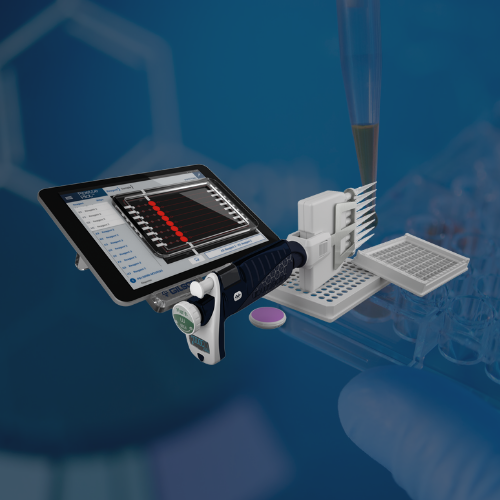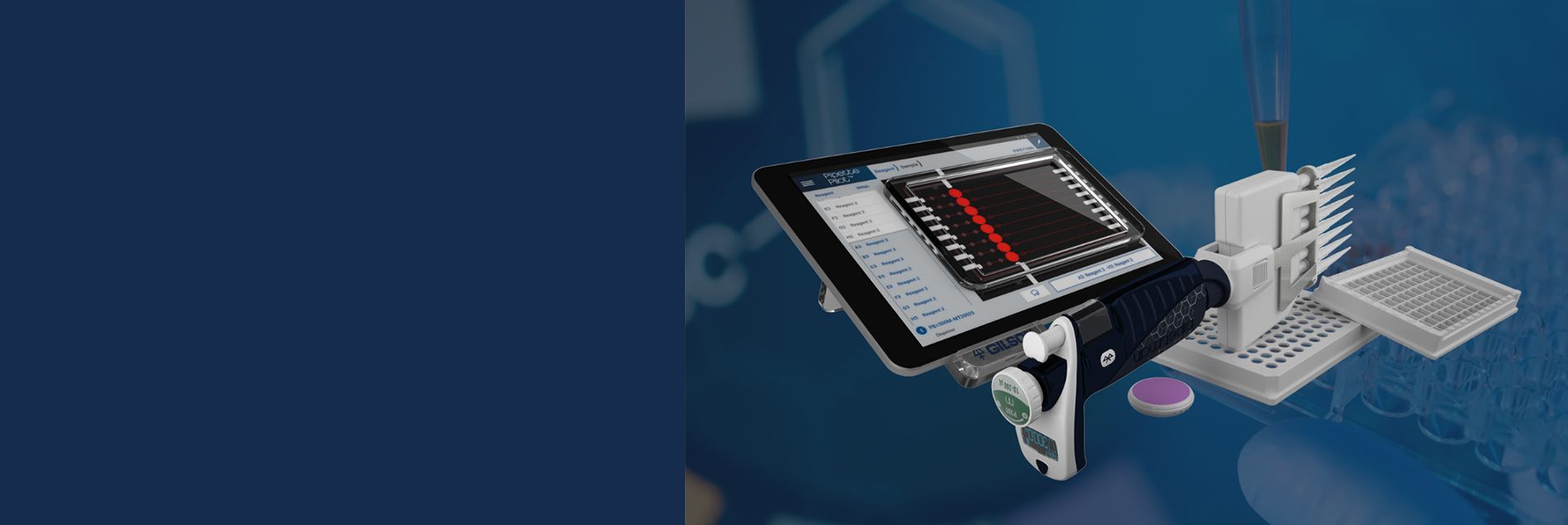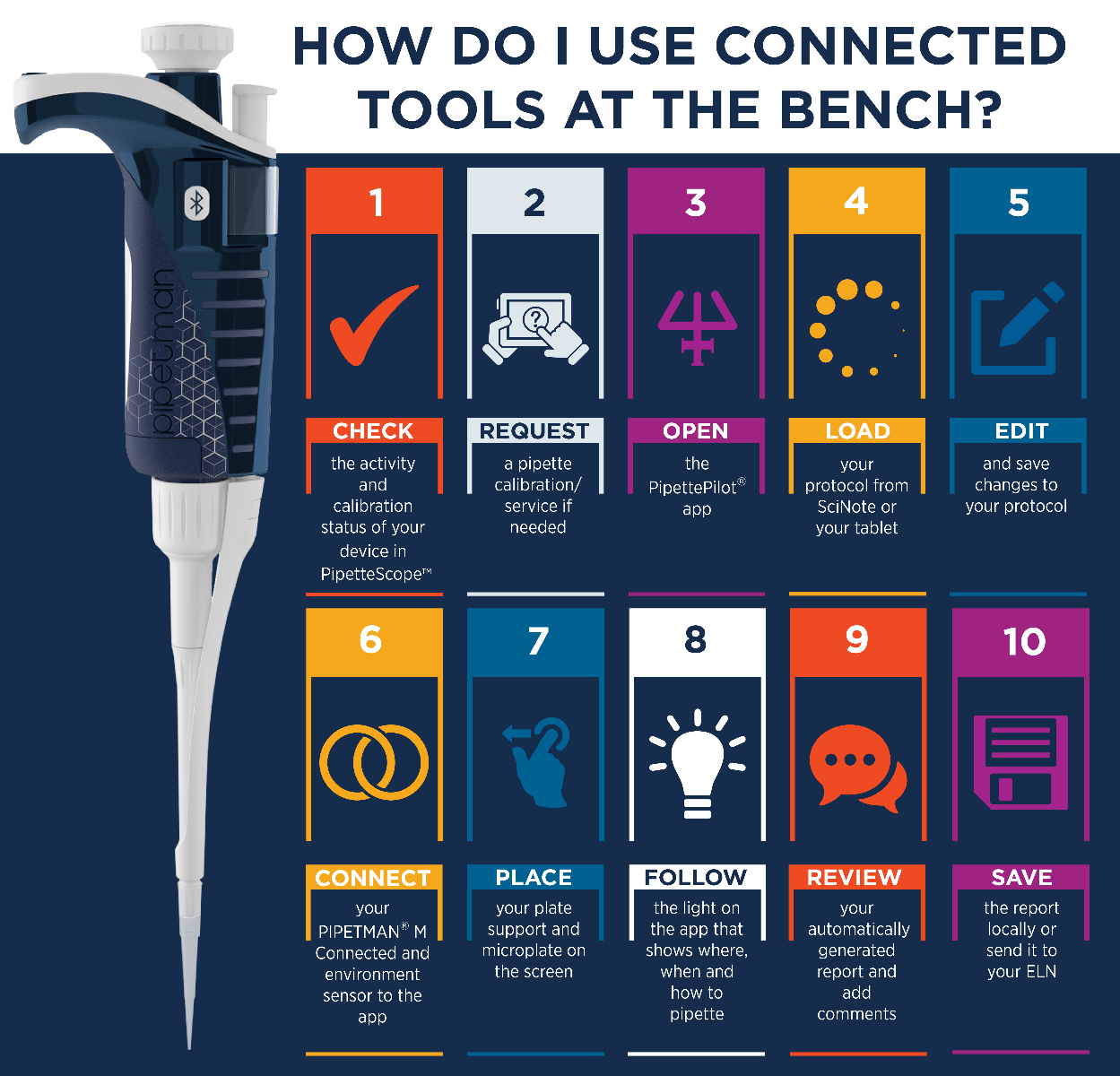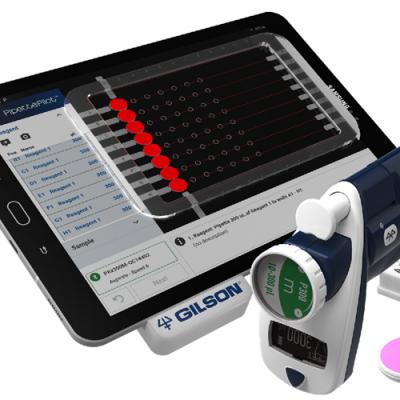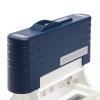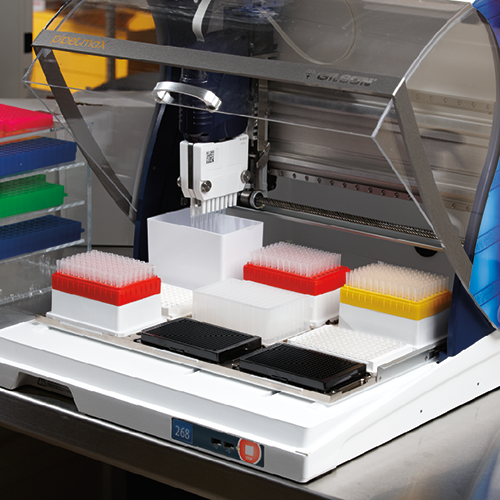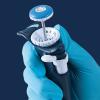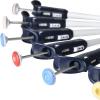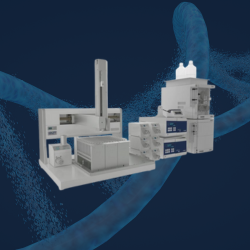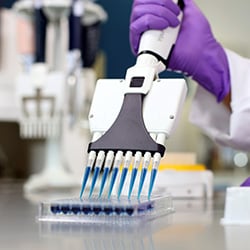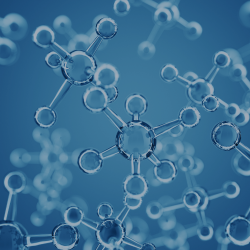The main principle behind smart and connected liquid handling tools is to provide an efficient method to execute and record the researcher’s actions during every step. Smart technologies enable you to connect your instruments to your laboratory information management system (LIMS) and gather essential data while helping you to navigate through your liquid sampling and analysis protocols.
Although there’s been a continued increase in the demand for molecular testing, the last two years saw an unprecedented surge. Simultaneously, the need for optimized protocol execution, record keeping, and LIMS integration has never been greater.
Labs that can register a protocol run action and record experiment conditions like temperature, air pressure, and humidity can streamline their execution methods with tools designed for human-centric automation. Read on to see what smart and connected liquid handling tools you can use to increase your throughput, improve reproducibility, and verify your results in an integrated LIMS analysis environment.
Key Takeaways:
- Increased demand for fast, accurate, and reliable liquid sampling protocols are putting labs under pressure to maintain consistent results
- Using smart and connected liquid handling tools can help you produce consistent, verifiable results and adjust your workflows quickly when required
- The smart and connected tools you need include digitally connected pipettes, programmable workflows with precise guidance and automation capabilities, and bulk liquid handling where appropriate
What Are Smart and Connected Liquid Handling Tools?
Smart and connected liquid handling tools use the latest technology to connect your instrument to your LIMS and guide your technicians through each step of the workflow. While most smart liquid handling systems are not completely automated systems as they still require an operator, they help bridge the gap as they need little operator intervention and can help you guide, track, and aspirate or dispense accurate volumes according to the preprogrammed steps of your protocol.
The key features of smart liquid handling tools are:
- Connectivity – Researchers and analysts can send and retrieve information from the device and create a digital record of the protocol
- Automation – The device can receive preprogrammed instructions and automate certain tasks that alleviate the concerns surrounding human error
- Integration – Technicians can analyze and share information quickly by seamlessly adding new data to larger repositories of molecular tests that inform future decisions
These three elements enable labs to create verified, reproducible results when carrying out repetitive liquid handling and sampling protocols.
Four Components of Smart Liquid Handling Protocols
Below, we discuss four of the main components that you can use to make your liquid handling protocols smarter.
Connected Pipettes
To increase the precision of your sample aspiration and dispensing steps, your pipette needs to be ergonomically designed for easy operation. A connected pipette provides you with the required throughput while transmitting your real-time execution information to your LIMS.
When using PIPETMAN® M Connected, you to connect your pipette and an environment sensor to an app on the TRACKMAN Connected tablet, outlined below, that records and transfers all the necessary information to your digital record-keeping system. With both single and multichannel pipettes available, you can handle any workload and ensure you capture each piece of vital information within your workflow.
PIPETMAN M Connected allows you to:
- Increase consistency when carrying out pipetting protocols by reducing fatigue with virtually no pipetting force required from the operator
- Record information about the execution of the protocol in real time using Bluetooth® connectivity to the other equipment used in your protocol
- Collaborate and boost experimental efficiency by building best practices into each molecular testing approach or technique
With a connected pipette and platform, like the one we describe below, you can execute your protocols under the guidance of a digital workflow while performing manual pipetting steps. It provides the necessary automation to verify your results without committing to an entirely automated system.
Figure 1: PIPETMAN M Connected
A Connected Platform
To leverage a connected device, you’ll want easy access to all the information required and the necessary consumables that support your protocols. If consistency is the goal, then the entire protocol requires certifiable consistency during the execution. You'll need a smart and easy way to capture all your data from the initial necessary reagents to carry out a standard nucleic acid amplification workflow to modifying the protocols as per the latest results.
TRACKMAN® Connected is a complete management tool that helps you track protocols at your bench consistently. You can save your data easily and export it to an electronic lab notebook (ELN) like SciNote for wider integration into your research or diagnostics datasets.
The TRACKMAN Connected kit comes with a tablet and accessories that help you keep track of each step in your workflow. Combined with PIPETMAN M Connected, you can program, track, and review each pipetting action for increased consistency.
Gold Standard Protocols
QIAGEN remains the gold standard for molecular biology applications including next-generation sequencing (NGS), digital PCR, microbiome, and real-time informatics. Gilson recently teamed up with QIAGEN to bring you a complete pipetting system for your molecular biology applications. Comprised of QIAGEN's well-known manual nucleic acid extraction kits and protocols and Gilson's connected pipetting system, this combination of products is the perfect solution to optimize your protocols. This partnership provides you with all the necessary sampling protocols suitable for analyzing:
- Cell-free body cell culture supernatants
- Plasma and serum
- Cerebrospinal fluid (CSF) and urine analysis
The system will generate a report once you complete your protocol, allowing you to save each run down to the necessary level of precision. If required, you can adjust protocols to cover the parameters of your own experiments.
Figure 2: A standard ten-step workflow for using a smart and connected pipette at the bench
A Holistic Solution
The ideal system will combine automated liquid handling with connected tools to increase the throughput of the lab without compromising on consistency. In some situations, you’ll have to handle samples that don’t justify automating the entire workflow.
A connected system that supports your automated liquid handling tasks ensures you have end-to-end traceability that increases reproducibility and verifiability. Benchtop solutions like PIPETMAX® combined with PIPETMAN M Connected and TRACKMAN Connected can alleviate your workloads without compromising on your results.
Establishing a Smart and Connected Liquid Handling Workflow with Gilson
When it comes to improving the efficiency in your lab, Gilson’s instruments ensure you can maintain the required level of precision and accuracy required in today’s demanding environment. Our tools allow teams to streamline every aspect of their workflow by connecting the manual tasks with the wider body of knowledge while reducing errors and allowing for rapid evolution and protocol development.
If you want to find out more about our smart and connected liquid handling tools, reach out to a Gilson representative today.

















